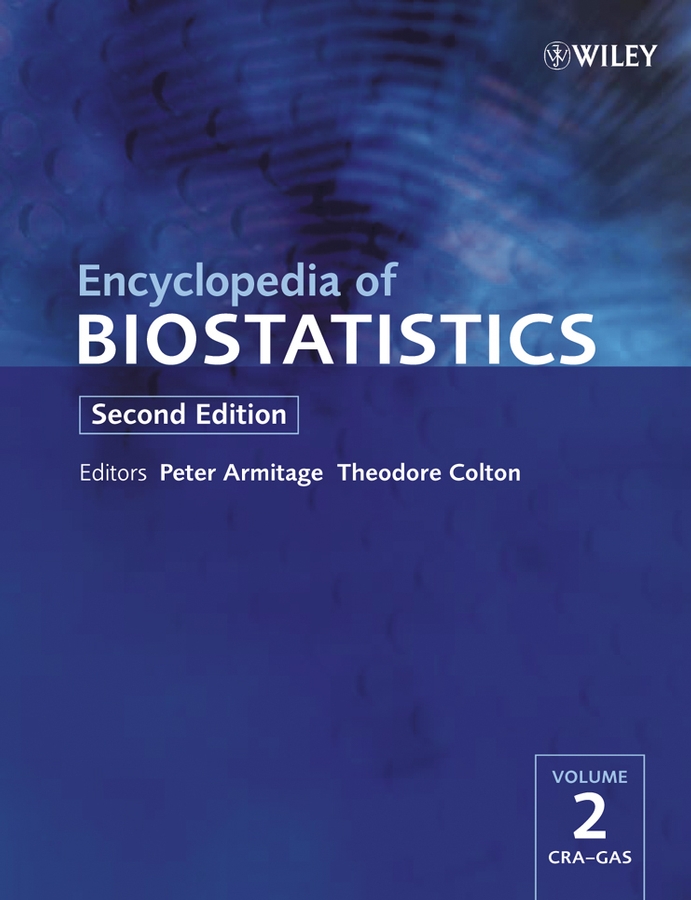Diagnostic Tests, Multiple
Abstract
In medical practice, diagnostic tests are rarely used in isolation. Typically, the evidence for forming a diagnosis comes from multiple sources, in the form of signs and symptoms and other patient characteristics, in addition to specific tests that are ordered to rule in or rule out a candidate diagnosis. Thus, the evidence from individual diagnostic tests must be used collectively in forming the diagnosis, and the statistical dependency of the information from these multiple sources becomes an important factor in assessing the weight of evidence. In this article, we consider the two settings in which data from many diagnostic tests are relevant. In the first, we consider discriminant analysis, where one wishes to develop diagnostic rules on the basis of an available data set encompassing information on multiple tests. In the second setting, we consider the problem of sequentially updating diagnostic probabilities as new tests are selected and performed in the course of making a diagnosis for an individual patient.



